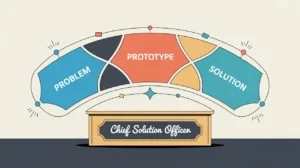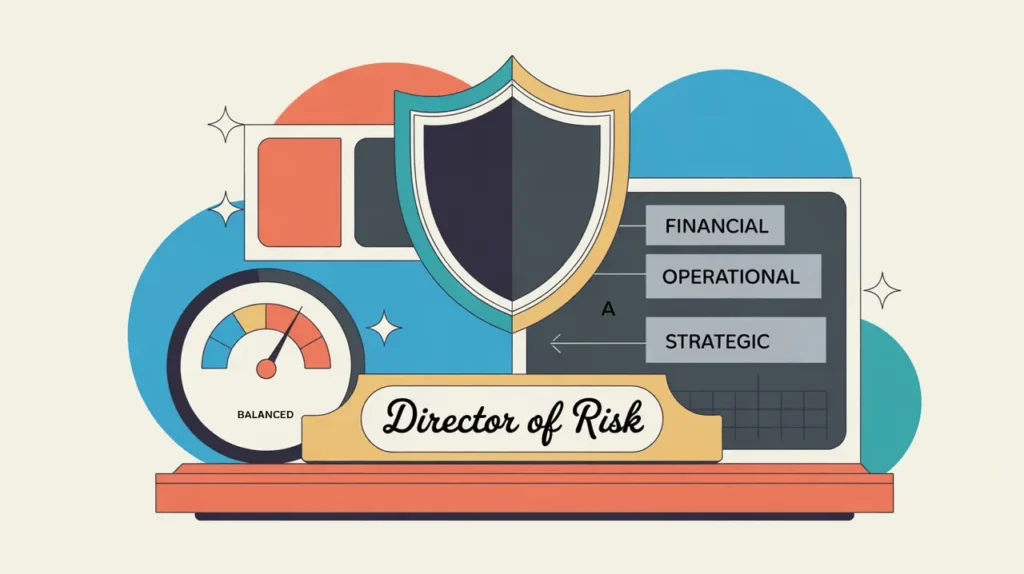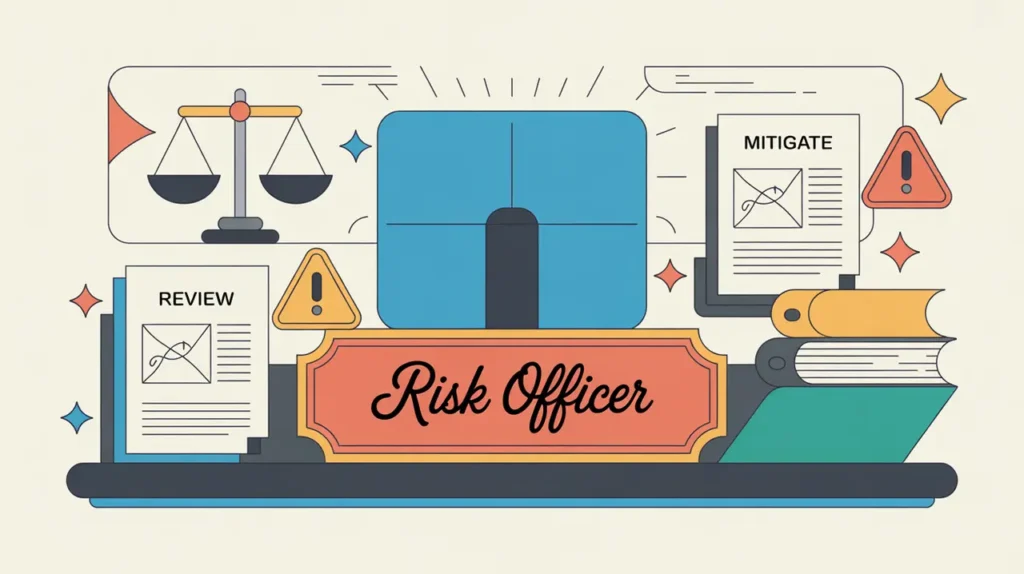What Does the Risk Lead Role Involve?
A Risk Lead is responsible for overseeing the organization’s risk management function, setting strategic direction, leading risk assessments, and ensuring that risk frameworks are effectively embedded across programs, operations, and governance. They identify and evaluate risks, design mitigation strategies, coordinate cross-functional responses, and provide leadership with clear, actionable insights. Their work ensures that risks are systematically managed to protect the organization’s mission, assets, reputation, and strategic objectives.
In nonprofits and social enterprises, Risk Leads play a central role in ensuring that organizations remain agile and resilient in complex operating environments, particularly when managing multiple programs, geographies, or stakeholder relationships.
At What Level does this Role Operate?
Mid to Senior Level: Risk Leads typically report to a Risk Manager, Director of Operations, Chief Risk Officer, or Executive Director. They operate with significant autonomy, often leading risk assessments across the organization and advising leadership teams and boards on risk trends and mitigation priorities. In some organizations, they may manage a small team of analysts and assistants.
Relative Employability: Risk Lead roles are growing in nonprofits, NGOs, and social enterprises as organizations strengthen their governance and compliance functions. They are particularly relevant for organizations operating in multiple jurisdictions, working in fragile contexts, or managing complex funding portfolios.
Relative Pay Scale: Risk Leads generally occupy the upper mid to senior pay bands. Their compensation reflects their strategic responsibilities, analytical expertise, and leadership role, sitting above analyst and officer levels but below director or executive positions.
What are the Key Responsibilities and Activities?
- Lead the development and implementation of organizational risk management strategies and frameworks
- Oversee risk assessments across operational, financial, programmatic, reputational, and strategic dimensions
- Maintain and update the organizational risk register, ensuring risks are accurately documented and prioritized
- Facilitate risk identification and mitigation processes with cross-functional teams
- Advise leadership and boards on key risks, trends, and mitigation strategies through regular reports and briefings
- Coordinate the development and monitoring of risk mitigation plans, ensuring accountability across departments
- Develop risk-related policies, protocols, and training to strengthen organizational capacity
- Supervise or mentor risk analysts, assistants, or clerks as needed
- Ensure compliance with regulatory and donor requirements related to risk management
What Core Competencies and Qualifications are Needed?
Required Qualifications and Experience
The following reflect common qualifications and experience expected for this role, while recognizing that pathways may vary by context, organization, and region.
- Relevant academic background in risk management, finance, public policy, international development, or related fields
- Significant experience in risk assessment, compliance, operations, or strategy, including leadership of risk processes
- Familiarity with risk management frameworks such as ISO 31000 or COSO
- Strong quantitative and qualitative analytical skills
- Experience communicating complex risk issues to leadership and boards
Key Competencies
- Strategic thinking and the ability to align risk frameworks with organizational goals
- Advanced analytical and problem-solving abilities
- Strong communication and facilitation skills for cross-functional engagement
- Leadership and team management capabilities
- Attention to detail and rigor in risk assessment and documentation
- Adaptability to evolving internal and external risk environments
How are AI and Automation Shaping this Role?
An AI-native Risk Lead can use AI to monitor risk indicators in real time, conduct predictive modeling, and identify emerging risks across operational and external datasets. Automated dashboards can visualize risk trends for leadership, while AI tools can flag anomalies and trigger alerts for mitigation follow-up. These technologies enable Risk Leads to focus more on strategic foresight, scenario planning, and organizational readiness rather than manual tracking.
What Career Pathways and Transferable Skills are Associated with this Role?
Risk Leads can progress to roles such as Risk Manager, Director of Operations, Chief Risk Officer, or Strategy Director. Their expertise in risk assessment, strategic planning, and cross-organizational coordination is transferable to senior leadership roles in governance, operations, finance, and compliance. Over time, they may shape institutional risk strategies, lead enterprise risk management systems, or play a key role in organizational transformation and resilience planning.







